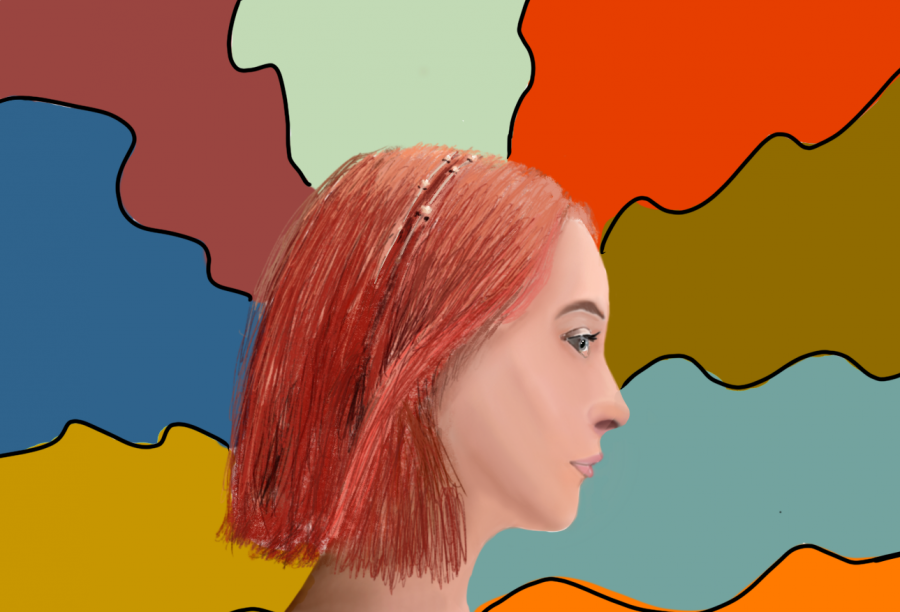
I genuinely enjoy movies that I can connect to. Yes, it’s fun to disappear into a fantasy world every once in a while, but most of the time I prefer to live out my teenage problems through a character that I can relate to. Lately it seems like there has been a lack of real, relatable films for teens. Movies tend to represent high school as a “time-of-your-life party” experience with set cliques, and endless drama. That’s just not accurate.
Greta Gerwig’s “Lady Bird” provides a realistic and refreshing take on the high school experience. Instead of the typical public school setting, the film is set in a Catholic high school. Too often in Hollywood movies main characters try to prove their edginess by not being religious or looking down on people who are. Religious characters are often portrayed as the comic relief. They’re the “pure” ones who yell at the main character for drinking or swearing. However, Christine “Lady Bird” McPherson (the namesake of the film) relies heavily on religion in her life. In the beginning of the film, she makes it clear that she doesn’t want to continue her education at a Catholic college, but it’s obvious to the audience that she finds comfort within the walls of her Catholic school.
A common misconception about religious female characters or religious women in general is that they are weak. Many people believe that religious women aren’t feminists or that they all hold conservative values. Lady Bird, however, disregards all of those stereotypes. She is very expressive of her left-leaning political opinions and is a very strong character. One scene in particular that stands out to me in regards of this trait is when Lady Bird expresses her pro-choice opinions during an assembly focused on the negatives of abortion. I don’t consider myself to be a religious person and part of why I’m not is because of the misconceptions that go along with people who turn to religion. But “Lady Bird” gave me a sense of comfort on the matter. Strong women can be intellectual members of society and religious at the same time.
Lady Bird’s relationships throughout the film also provide a refreshing take on the life of a teenage girl. Her relationship with her mother, seems real. Though her mother is constantly criticizing her choices, the two still obviously care about each other and when they do fight, you can see both sides of the argument. Too often teen movies portray the parents as the enemy to the main character. “Lady Bird,” however, points out the flaws in both halves of the mother-daughter relationship.
Popularity is given a realistic portrayal as well. Most schools aren’t equipped with their own Regina George and “Lady Bird” does a good job of showing that. Jenna, the “popular girl,” is portrayed as less of a mean person and just plain dull. She doesn’t seem to have many genuine friends and her aspirations for life involve staying in the suburbs and raising a family. Gerwig is clearly aware that cliques aren’t really something that exist in high school today and popular girls aren’t normally The Plastics.
“Lady Bird” is the first movie that I’ve seen in a while that feels real. The fact that it’s semi-autobiographical probably factors into it but the writing, character development, and acting makes me feel like I’m watching my own friends on screen. As a high school sophomore, this is such a comforting film to watch and it’ll definitely be one of those movies that I feel like I can watch over, and over again without getting tired of it.
story by isabella tyler, graphic by julia steiner
